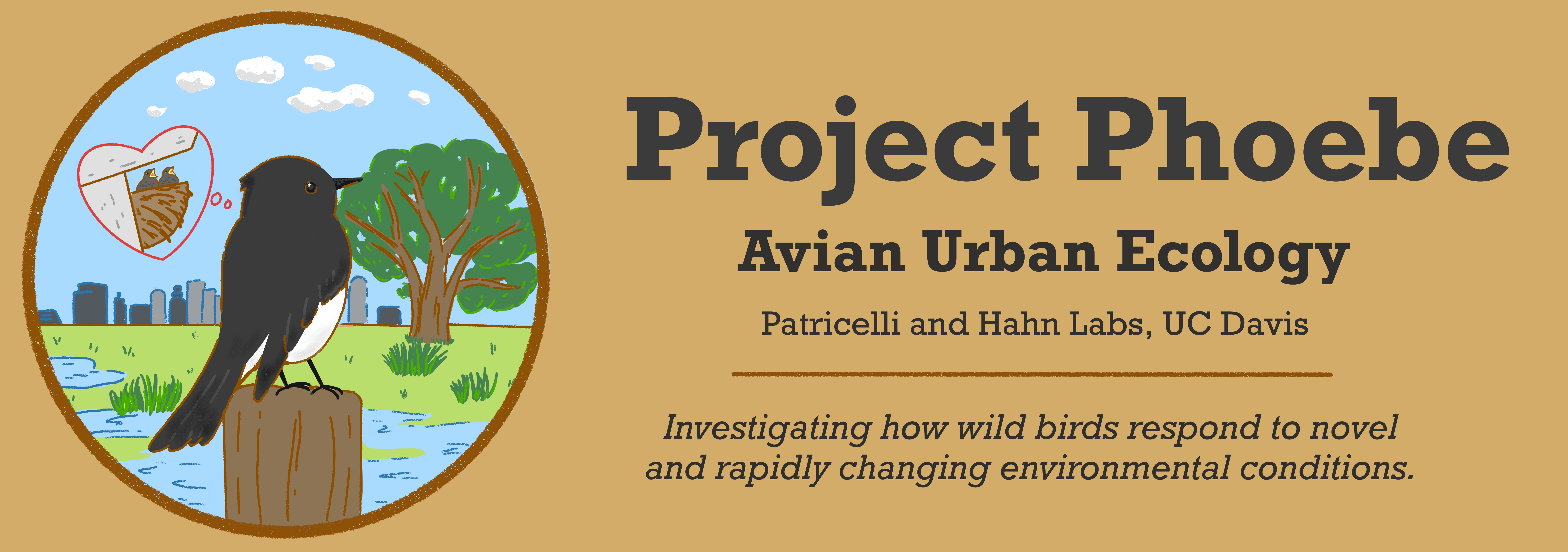About Urban Ecology
By 2030, nearly two thirds of the world’s human population will live in cities, and global urban land cover is expanding to match (1). Urban ecology is a subfield of ecology that recognizes the current and potential value that cities and suburbs can have as habitats for many organisms beyond our own species. Urban ecologists study how organisms interact with one another (including humans!) and with their environment in urban settings. To learn more about this growing, interdisciplinary field, check out the What Is Urban Ecology? page.

City life presents numerous challenges for humans and animals alike. Wildlife living in cities face high temperatures, light, noise, and chemical pollution, small and isolated patches of habitat, new and potentially unhealthy food sources (trash!), and many other differences from “natural”* areas (2). Despite these challenges, many animals live alongside us in cities. To learn more about urban wildlife, visit the Who Lives In Cities? page. Here at Project Phoebe, we focus primarily on the birds and other vertebrate animals that call cities home, but cities are also home to a bustling community of plants, insects, fungi, and other creatures!
Scientists have noticed that urban animals differ from those in natural areas in their behavior (what they do), physiology (how their bodily systems function), and morphology (their form). Scientists are investigating how and why these changes occur–are they the result of genetic changes? Do they help animals survive harsh urban conditions? To learn more, visit the How Do Animals Cope with City Life? page.
Why do scientists study urban ecosystems, in addition to natural habitats like forests and savannas? Urban ecology can help us learn about the future of wildlife and humans alike. Check out the Why Care about Urban Wildlife? page.
*We use the word natural here to refer to ecosystems like forests, savannas, and deserts we often think of as pristine and free from human impacts. But this term is imperfect–no place on earth is untouched by humans. At Project Phoebe, we view humans as part of nature, not separate from it, and we believe there is just as much value in studying cities as there is in studying so-called natural habitats. Cities represent a fascinating systems where social and ecological processes are tightly coupled, providing lots of opportunities to learn about ourselves, other organisms, and how we can live together.
References
- Seto KC, Güneralp B, Hutyra LR. Global forecasts of urban expansion to 2030 and direct impacts on biodiversity and carbon pools. Proceedings of the National Academy of Sciences. 2012 Oct 2;109(40):16083–8.
- Grimm NB, Faeth SH, Golubiewski NE, Redman CL, Wu J, Bai X, et al. Global Change and the Ecology of Cities. Science. 2008 Feb 8;319(5864):756–60.

